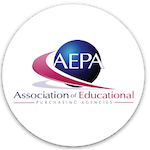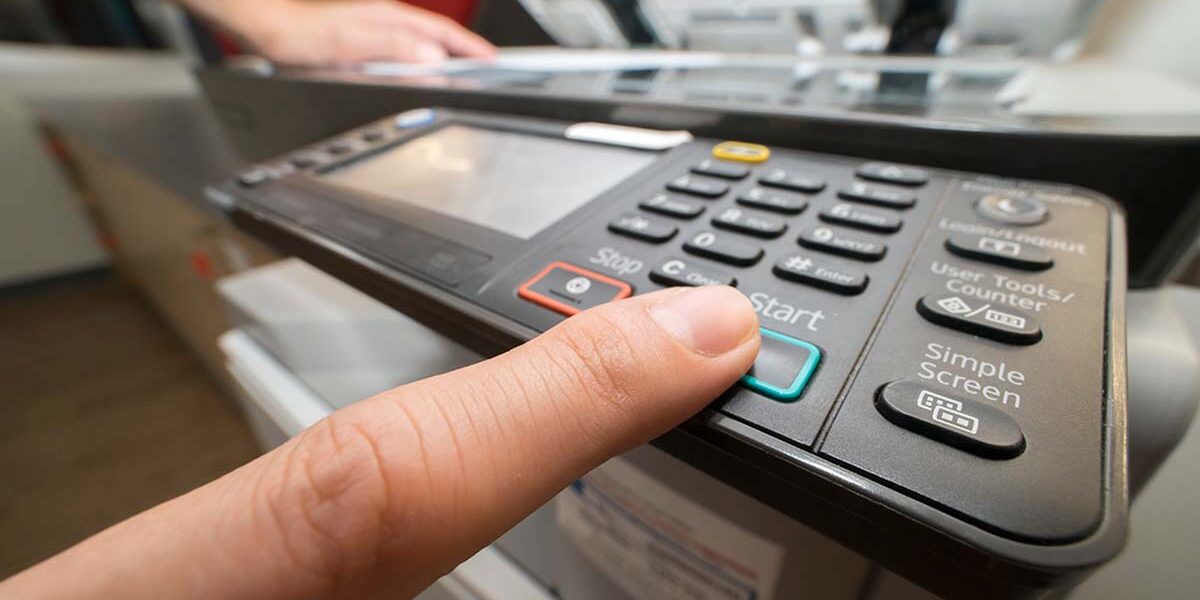Gone are the days of harried teachers elbowing each other for turns in the copier room. Today’s next-generation photocopiers in schools are more valuable than ever to educators. In fact, schools should still be budgeting and training for what has come to be known as the multifunction printer (MFP), offered under such brands as Konica Minolta or Kyocera.
When COVID-19 closed schools in America in March 2020, educators adapted to remote learning with admirable speed and demanded that technology and equipment change along with them. Yesterday’s educators worried about plagiarism, roving eyes, and cheat sheets; today’s must add internet security, remote learning, and collaboration tools to the list.
Instead of relying on traditional copiers, which would have had limited usefulness, districts instead are turning to MFPs, which offer functions ranging from data processing to onboarding tools and from malware protection to personalized documents. They allow teachers to scan and email assignments, grade multiple-choice tests, and store data, among numerous other class management functions. MFPs further provide office staff and administrators opportunities to streamline and minimize the documentation and paper output education often requires.
Saving Money by Upgrading
While multifunctional printers may sound expensive to perpetually cash-strapped education budgeters, these new photocopiers actually help keep costs down in a number of ways. Old-school copiers use more energy and generate more heat, costing significantly more to operate than MFPs. Users make their time more efficient. After teachers have assessed student assignments using an MFP, the data can be stored safely in the cloud, on a flash drive, or emailed, minimizing manual filing, use of toner, paper waste, and energy costs.
Besides financial savings, these printers save educators time as well. Like it or not, assessments drive education. Students are assessed in the classroom as well as schoolwide in all core subjects, and teachers often give practice tests to prepare students. With MFPs, teachers can print and scan student answer sheets, analyze results, decipher patterns, and share information with stakeholders on a regular basis. This process is an option whether students are on campus or learning remotely.
Overlooked Applications of MFPs
Even with so many ever-advancing features of the MFP, educators have not necessarily learned about the wide array of applications available to shift work away from classroom management so that they can focus more time on instruction.
Marketplace Apps
Because schools may have to revert to remote learning at a moment’s notice, educators need all the tools they can get to facilitate distance education. Marketplace apps live on the MFP panel and can be opened with a tap of an icon, like Dropbox, Box, and Gmail, and Microsoft Office 365 allows them to collect e-signatures (or those of their parents) and to digitize a surfeit of information.
Teachers and administrators could easily email themselves daily reports via MFPs, adjusting the reporting parameters as needed. Similarly, MFPs can transmit daily reports about students who are in need of intervention so that teachers and specialists can enhance their focus on monitoring and progress. Even more, multifunctional printers can automatically email parents and other stakeholders weekly calendars, cafeteria menus, fundraising information, special events — anything formerly sent home in print.
Print Management
PaperCut and Dispatcher Paragon software help track and manage printing and photocopying, including managing quotas for the number of black-and-white prints and color prints to be allotted among teachers, staff, or specific projects.
Cybersecurity
As teachers balance instruction between in-person and online students, they must also take into account internet security. Older-generation MFPs lacked advanced cybersecurity protections, but modern MFPs have an arsenal of weapons at the ready. When school districts today purchase multifunctional printers, they can expect them to be equipped with features that include encryption, virus prevention, pull-to-print, and the ability to self-scan in order to detect malware.
For example, Konica Minolta offers Bizhub SECURE and SECURE Alert. These functions help to lockdown and keep documents secure at the MFP while notifying users of breaches. A component of the system also helps to ensure that documents are not printed and left out on printer trays. Konica’s LK-116 Bitdefender i-Option prevents viruses and malware from penetrating the device. This feature prevents the device from infecting other MFPs, PCs, or USB drives.
Onboarding and Information Management
Intelligent information management (or IIM), enterprise content management (ECM), and e-signature solutions all can use the MFP for onboarding. These content information management systems capture, store, secure, and share content. The IIM requires little to no paper, office supplies, printing, storage fees, or storage space, while the ECM minimizes all paper-based processes, including approvals, routing, and sorting, making digital content centralized online to be accessible anywhere.
Workflow Modification
MFPs make scanning and routing print jobs, along with customizing the workflow, more efficient. Konica Minolta’s Dispatcher Phoenix provides improved efficiency and workflow for all users. Gone are the days when a district’s internal mail service picked up jobs for the print shop that were left in silent limbo. Today, teachers and principals get a real-time view of documents as they are processed.
More Than a Photocopier
With the introduction of multifunctional printers, photocopiers are still useful for duplication, but they have evolved to become more versatile and valuable. Today’s MFP is the Superman of office equipment, a personal assistant with a massive brain and unlimited time who never makes a mistake and never asks for a day off.








